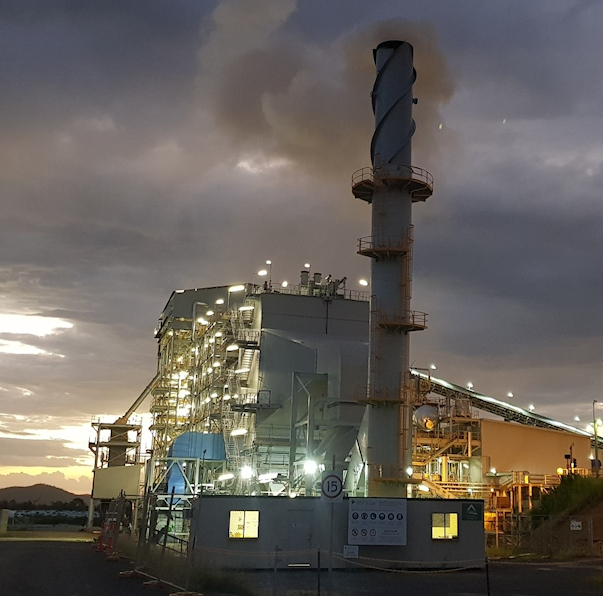
The Australian Sugar Milling Council (ASMC) welcomes the inclusion in the Queensland Government’s 10-year Energy Plan of $4 million to fund feasibility and technical studies to identify options and pathways to expand bioenergy generation and support technology innovation in the bioenergy sector.
The need for this program is consistent with the preliminary feasibility work commissioned by ASMC and its member mills in 2021.
“A key finding of the ASMC’s preliminary work was that the sugar milling sector had the potential, under the right policy and commercial conditions, to significantly increase its co-generation capacity and generate more renewable power for Queensland consumers” said ASMC spokesperson, Mr David Rynne.
The report found that more co-generation could deliver significant benefits to Queensland – including:
- As it is synchronous power, it can help improve grid reliability and security caused by solar and wind supply intermittency;
- Significant greenhouse gas abatement if it displaces coal and gas fired generation;
- A revenue stream to the mills that can be used to improve viability and support mill upgrades and renewal; and
- A significant investment and capital injection to regional Queensland.
“Contributing to de-carbonisation and renewable energy targets and achieving higher revenues from cane, sugar and milling by-products are core themes of the Sugar Industry’s Sugar Plus Vision and Roadmap released earlier this year” Mr Rynne added.
Further, “Queensland sugar mills already have 438 MW’s of installed co-generation capacity and produce around 1,000,000 MWh’s per annum. Approximately half of this power is used to power the mills and the other half is exported to power around 100,000 homes. We look forward to working with Government on this new funding program to understand the true potential and benefits of more co-generation”.
Media contact: David Rynne ASMC Director Policy, Economics and Trade 0431 729 509
Background
ASMC is the peak body representing the interests of raw sugar manufacturers and marketers. ASMC represents five sugar manufacturing companies which collectively produce 90 percent of Australia’s raw sugar at their 16 sugar mills in Queensland.
What is co-generation?
Bagasse – the fibrous by-product of crushing the sugarcane – is burnt at temperatures of more than 800?C to produce steam which is then either converted into electricity or used as heat in the sugar production process. This process of using both heat and power from a single energy source is called cogeneration. Producing around 9 million tonnes of bagasse per annum from around 30 million tonnes of cane purchased, surplus bagasse can become available for more power generation if mills invest in a drier bagasse supply and improved steam, mechanical and thermal energy efficiencies in the mills themselves.
Click Here for a pdf of this media release.
